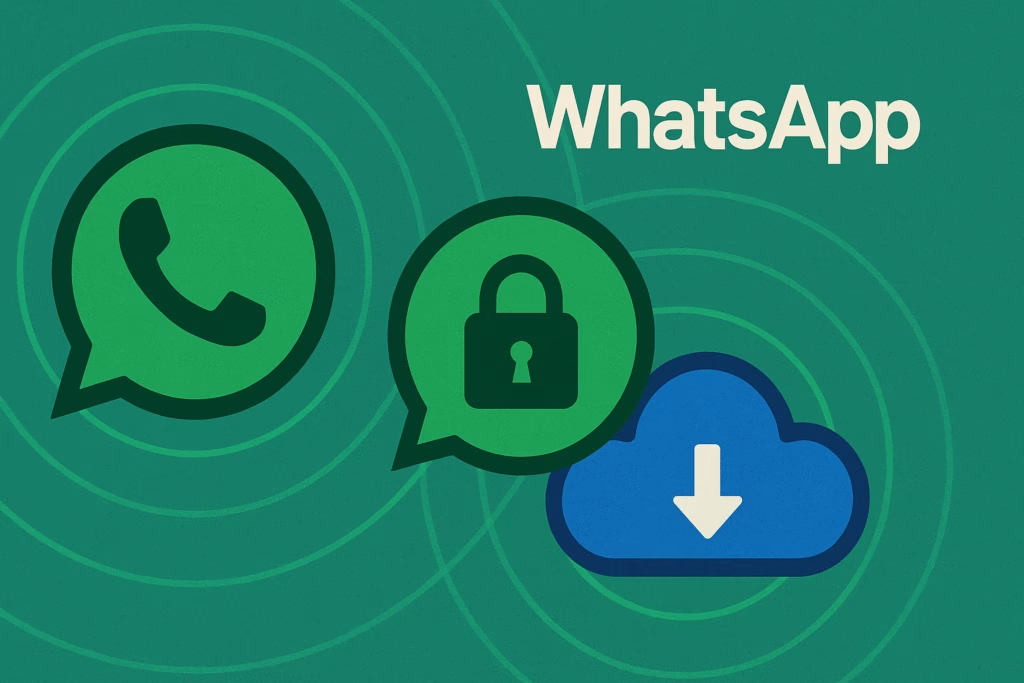
Introduction
Phishing attacks targeting American Express cardholders have surged by 50% in the past year, costing consumers and financial institutions millions of dollars in fraudulent charges and remediation efforts. When you receive a suspicious email or text claiming to be from Amex, quick, accurate reporting is your first line of defense. This comprehensive guide to american express phishing reporting walks you through recognizing scams, taking immediate action, and leveraging tools like PhishDef to safeguard your financial identity.
Understanding American Express Phishing
What Is Phishing?
Phishing is a social engineering attack designed to trick victims into revealing sensitive information—login credentials, Social Security numbers, or credit card data—by masquerading as a legitimate entity. According to Wikipedia, phishing remains one of the most common cyberthreats, responsible for over 80% of reported security incidents in the financial sector.
Why American Express Accounts Are Targeted
- High credit limits attract criminals seeking big payouts.
- Trust in a recognizable brand increases click-through rates.
- Data breach aftermaths provide email lists for phishing campaigns.
In Q1 2023 alone, American Express reported a 30% rise in suspicious login attempts, highlighting the urgency of robust reporting processes.
The Importance of Reporting Amex Phishing
Protecting Your Personal Finances
Promptly reporting a phishing attempt limits potential financial exposure. The earlier Amex’s fraud team intervenes, the faster they can freeze compromised cards, reverse unauthorized transactions, and minimize out-of-pocket losses.
Safeguarding the Community
Each report you file contributes to threat intelligence databases used by Amex and law enforcement agencies. Collective reporting helps:
- Identify and dismantle phishing infrastructures.
- Improve email filtering systems for all cardholders.
- Alert other users via public warnings and security bulletins.
Step-by-Step Guide: How to Report Amex Phishing
Follow these detailed steps to report Amex phishing effectively:
- Do Not Click Any Links. If you suspect a message is fraudulent, avoid clicking links or downloading attachments.
- Forward the Phishing Message. Send the suspicious email to Amex’s dedicated mailbox: phishing@americanexpress.com. For SMS/phishing texts, take a screenshot and email it as an attachment.
- Include Full Headers. In your email client, enable “Show Original” or “View Source” to capture message headers. This information pinpoints the email’s true origin.
- Report via American Express Online Account.
- Log in to your American Express online account.
- Navigate to the “Help” section and select “Report Fraud or Scams.”
- Follow on-screen prompts to detail the phishing attempt.
- Contact Customer Service. If you already clicked a link or believe your data is compromised, call the back of your card or dial 1-800-528-4800 immediately.
- Monitor Your Statements. Check your account activity daily for unfamiliar charges. Set up transaction alerts via SMS or email for instant notifications.
Tips for Recognizing Phishing Attempts
Strengthen your digital security posture with these practical indicators:
- Generic Greetings. Phishers often use “Dear Customer” instead of your name.
- Urgent Language. Look out for threats of account suspension if you don’t act immediately.
- Suspicious URLs. Hover over links to verify domains. Legitimate Amex URLs end in “/.americanexpress.com”.
- Spelling and Grammar Errors. Official communications are proofread; typos often reveal scams.
- Requests for Personal Data. Amex will never ask for your full Social Security number or CVV via email.
Real-World Case Study
In February 2023, a widespread phishing campaign targeted 50,000 Amex cardholders with an email claiming “unauthorized charges” and urging recipients to “confirm billing details.” Victims who clicked the link saw a convincing but fake login page capturing credentials. After 3,000 users submitted data, Amex’s fraud team used collective reporting and PhishDef’s real-time detection to:
- Block the malicious domain within 4 hours.
- Notify affected customers and freeze at-risk accounts.
- Collaborate with the FBI’s Internet Crime Complaint Center (IC3) to seize servers hosting the phishing kit.
This swift action, driven by user reports and advanced threat intelligence, prevented an estimated $1.2 million in fraudulent transactions.
How PhishDef Enhances Amex Phishing Reporting
PhishDef’s platform integrates seamlessly with your email client, automating the identification and forwarding of suspicious messages directly to Amex’s security team. Key benefits include:
- Real-time phishing alerts before you click.
- One-click forwarding of email with full headers.
- Custom dashboards tracking your personal security incidents.
- Aggregated threat intelligence shared anonymously with financial institutions.
By leveraging PhishDef alongside Amex’s official channels, you multiply your protection and reduce reporting friction.
Key Takeaways
- american express phishing reporting is critical to protect your finances and the broader community.
- Always forward suspicious messages to phishing@americanexpress.com and file a report via your online account.
- Recognize phishing signs: generic greetings, urgent requests, and suspicious URLs.
- Monitor your statements and set up real-time transaction alerts.
- Use PhishDef for automated detection and seamless reporting to enhance your security posture.
Call to Action
Don’t let phishing scams compromise your American Express account. Sign up for a free trial of PhishDef today and gain advanced phishing detection, one-click reporting, and peace of mind. Together, we can outsmart cybercriminals and secure our financial future.


